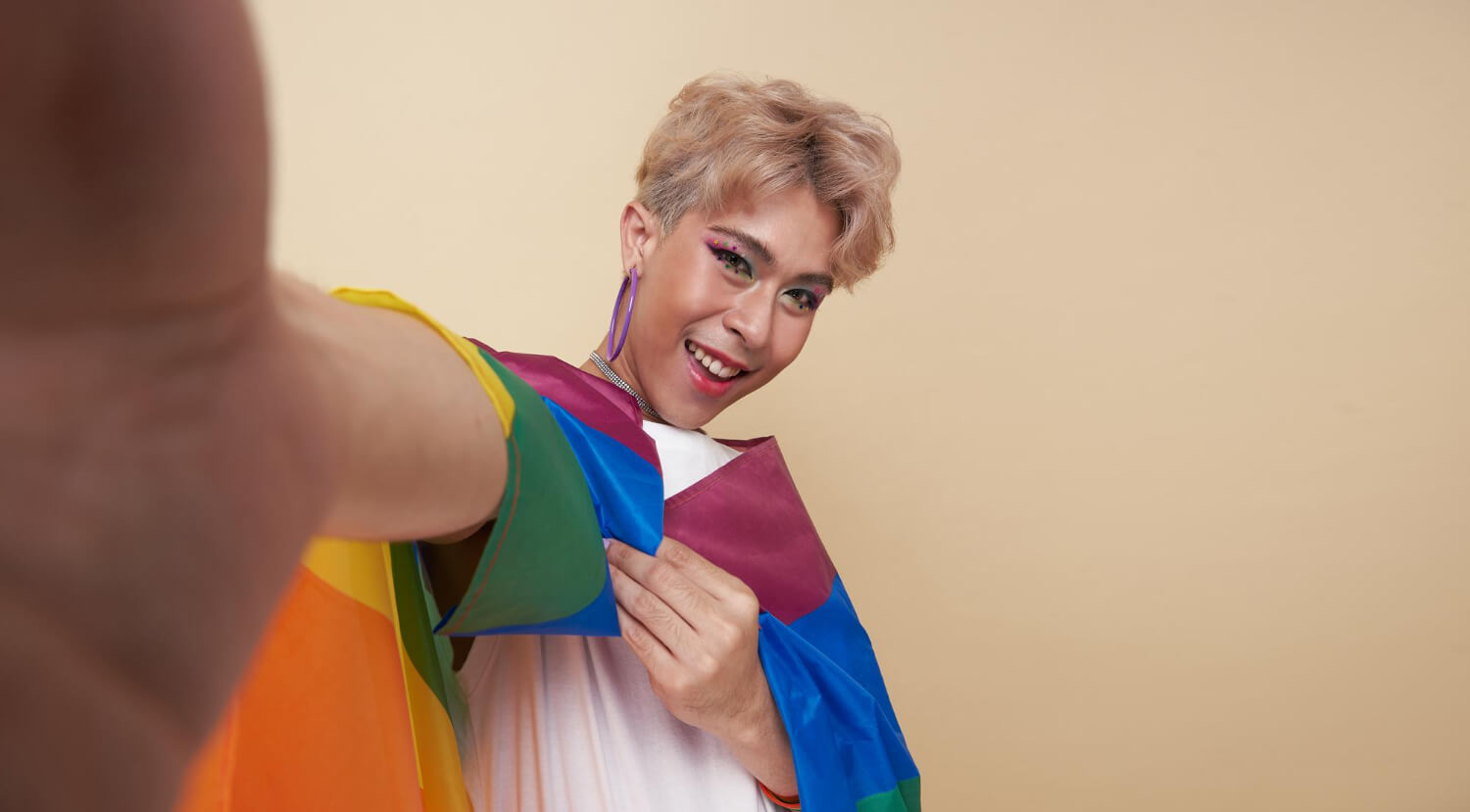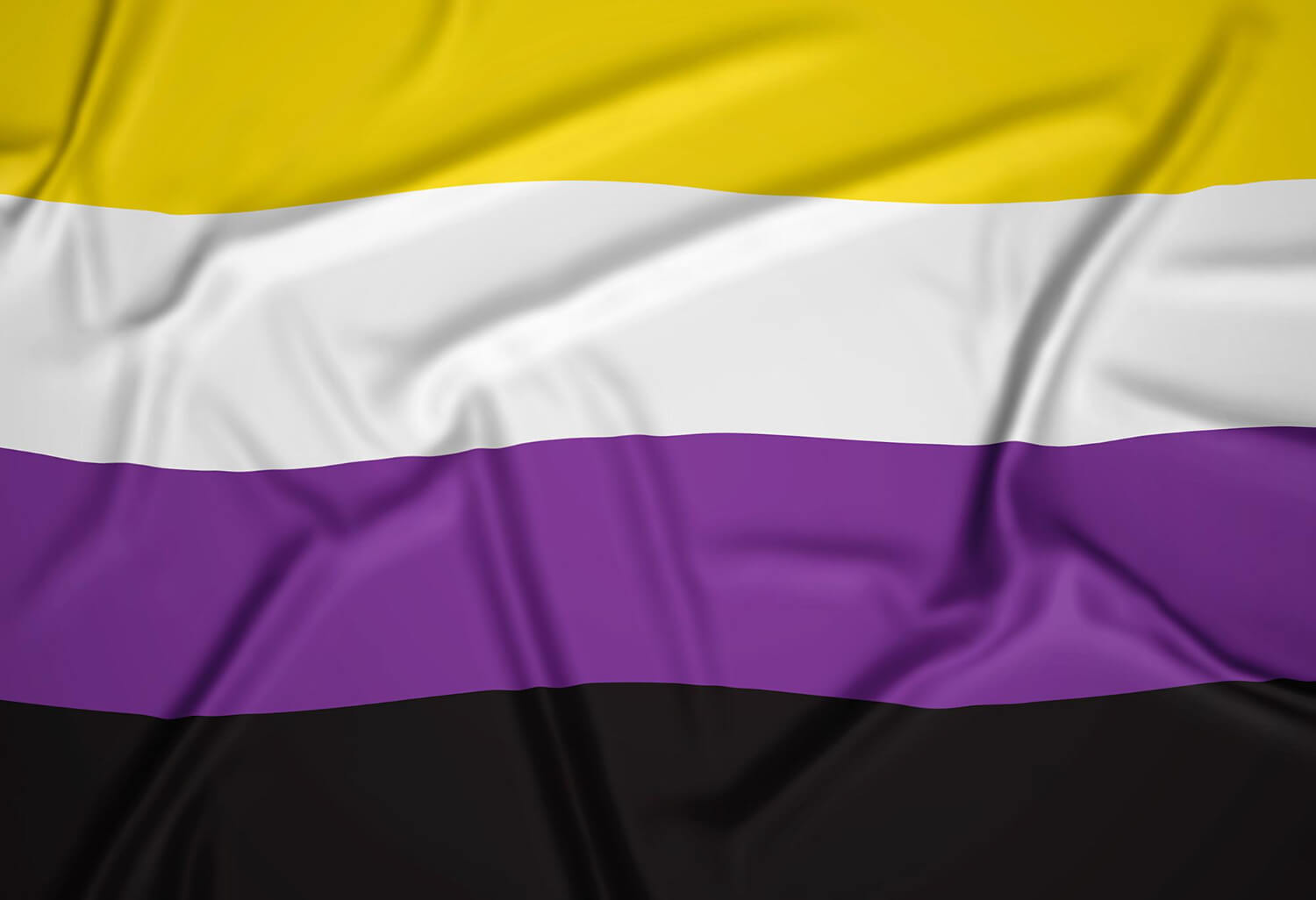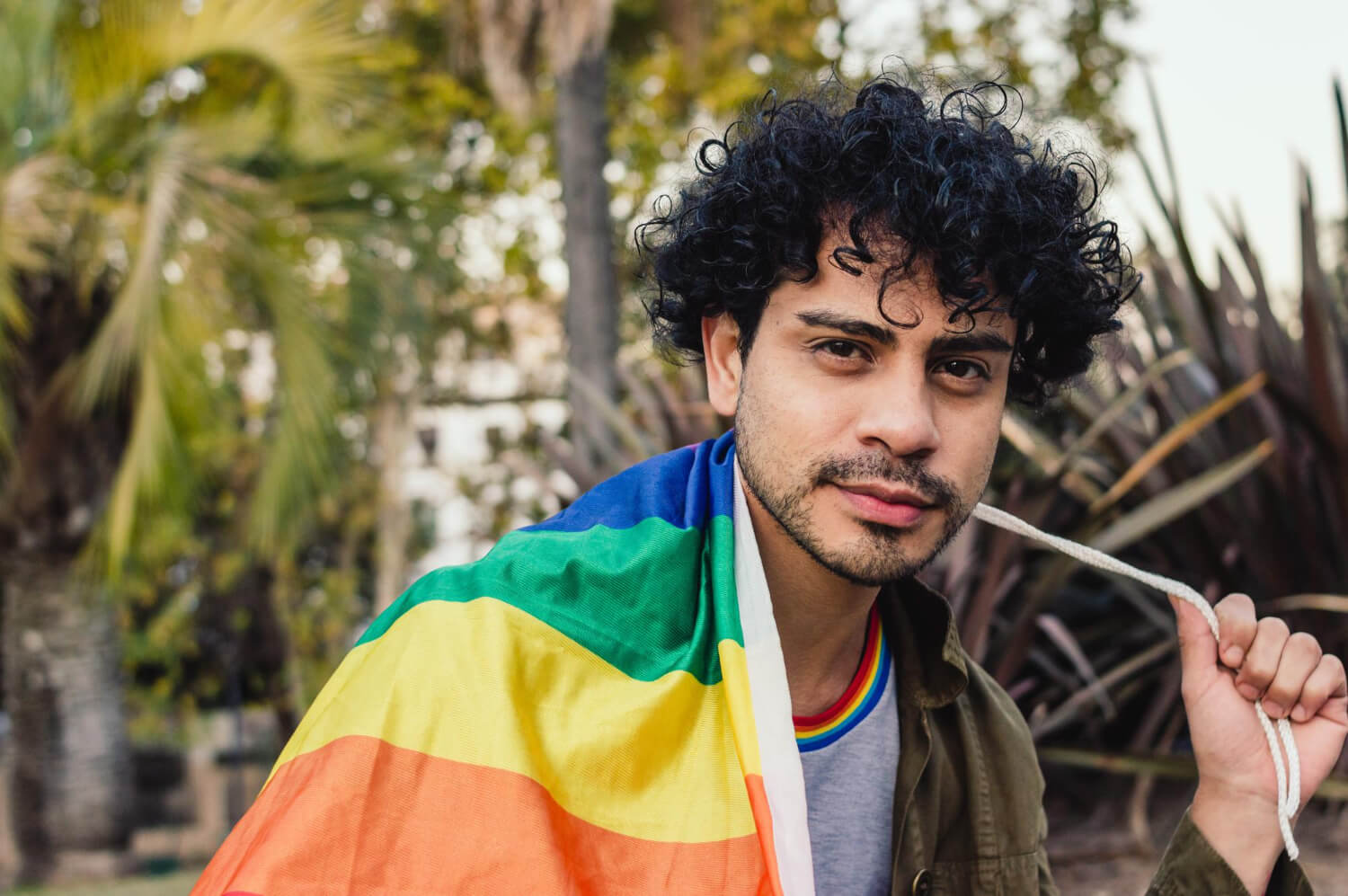
“The current socio-political climate, exacerbated by the media's addiction to falsifying our existence, has meant that being trans/non-binary/gender non-conforming in the twenty-first century feels like constantly trying to prove your existence... When we have to venture into the world, where we aren't heard, or listened to, it can feel like we are shouting against the wind.”
We are surrounded by binaries, right? Yes/No, Good/Bad, Up/Down, Male/Female. But a cursory reflection on all four of those binaries yields a sudden realisation that a space between those binaries exists as well. Yes and no are relative terms and rarely are fully clear-cut. Good/bad…but in what context, from what perspective? There is always a space between yes/no, between good/bad, between up/down. If this is the case, why not also between male/female?
This is somewhat a reductive start to this conversation, but it is important to acknowledge that binaries are broken all the time and that having a gender identity best described by the terms non-binary, gender diverse, gender fluid, polygender, bigender, agender, are simply sat between or outside of that male/female binary. Simple, right?
As we approach the end of Global Pride Month, LGBT Great sat down with one of our brilliant non-binary members of the team to discuss what it means to be non-binary in 2023.
To understand where are and where we are going, it is important to ground this conversation in history, as there is a rich and often overlooked, history of non-binary communities. Shrey, could you talk to us about that?
There have been numerous cultures in human history which have not prescribed the gender binary. Let’s begin this commentary with South America. In the pre-colonial epoch of Andean culture, the Incas worshipped the Chuqui Chinchay, a dual-gendered god. This god was primarily worshipped by third-gender ritual attendants or shamans who wore androgynous clothing as "a visible sign of a third space that negotiated between the masculine and the feminine, the present and the past, the living and the dead.”
In North America, the Mohave tribe, based near modern-day California and Arizona, believed humans were not differentiated based on sex and gender. They had four genders: men, women, hwame (male-identified females) and alyha (female-identified males), another robust example showcasing the fluidity of gender in precolonial times.
African communities had an especially rich culture of gender-diverse folks; In Mali, the Dogon tribe maintain the rhetoric that the perfect human being is androgynous; The Otero in Northeast Sudan and the Amharans of Ethiopia also have a third gender/mixed expression prevalent in the community; The Lugbara people of the Democratic Republic of the Congo and Uganda are among those in Central Africa who still conduct spiritual ceremonies with transgender priests.
In East Asian culture, the Japanese Edo period was marked by introducing a third gender, Wakashū. Wakashū referred to the transitional stage experienced by AMAB adolescents and was typically experienced between the ages of 7-17. Gender expression for Wakashū was complex and a culture of clothing, hair and makeup arose. For many, Wakashū represented a distinct period within their adolescence; however, Wakashū could decide to continue to express their gender identity in this way even beyond adolescence. As a result, a clear third-gender culture emerged across Japanese society, which was perfectly and positively integrated into wider Japanese society.
These examples highlight a few of the numerous communities in history that reflect the fluidity and non-binary expressions of gender as a concept. It should be noted, though, ‘truth’ that is often presumed seems to dissipate with just a glimpse of the past.

Shrey, if you are comfortable, it would be great to hear a little about how you define your own gender identity and what the term “non-binary” means to you.
For me, gender is a social construct in its entire essence, and as any social construct, I believe it can be moulded to the uniqueness of the individual. Being told my entire life that certain behaviours or pieces of clothing belonged to a specific gender baffled me. I thought to myself, ‘Aren’t all humans unique? Can a certain behaviour be universalised as a ‘truth’? How can shapes of fabric categorise me into a binary?’ But I kept these inquiries to myself after being repeatedly disregarded as a child, ‘naïve’ in thought and wisdom.
Growing up, I relinquished my reticence to question and equipped knowledge as power. Reading about different cultures and seeing folks who were being authentically them, not male, not female, just them, made me wonder who I was. I was not male or female because, in my mind, those were just categories to hinder autonomy, to create boundaries. Until I came to a realisation; if there was a category I fit in, it was non-conformity, a category of un-category, if you will, where I could flourish without restriction, without doubt, but rather with pure joy.
What are some common misunderstandings that people might have about what it means to navigate the world as a non-binary person?
People often believe that non-binary people must show up every day with a gender expression that explicitly ‘portrays’ their non-binary identity and differentiates them from the ‘usual’. Especially as someone whose outward expression shifts dependent on the day, this common expectation of externalising my identity in an ‘identifiable’ manner takes a toll on me mentally and emotionally. So, next time you meet a non-binary human, do not say, ‘Oh, you don’t look non-binary’.

Shrey, India, has a rich history of non-binary/third-gender communities. Can you speak a little about the cultural differences you’ve experienced in India and the UK with respect to the expression of gender identity?
The Indian peninsula for years has had a community known as the hijras, who represent the half-male, half-female image of Shiva, the god known for being ageless, sexless and fluid. It is believed that 5 million Hijras still live in the sub-continent. This would naturally lead us to envision a society that embraces the inclusion of the Hijra community. However, that is not the case.
Contemporary India has become much more conservative in embracing its own culture. This is because of the British colonisers who penalised and persecuted them relentlessly for not falling into a category that they could comprehend. Since then, public sentiment has completely shifted, with gender expression increasingly grounded in Western ideology. Even with such a substantial Hijra population, the general levels of acceptance toward them and their treatment as holistic beings who represent fertility has been completely eroded.
Coming back to your question about my experience, ironically enough, I feel less safe and authentic as a gender-diverse person in India. However, as the Indian Gen Z becomes more cognizant and rebellious against stigma, taboo and misinformation, ideological change toward holistic LGBTQ+ inclusion feels imminent.
On the contrary, in London, the city known as a melting pot of diversity and culture, I have always felt more accepted and celebrated, plausibly due to the high number of the non-British populace in the city, who themselves are ‘outsiders’. I hypothesise that this feeling enhances one’s sense of empathy, in corollary producing acceptance and the willingness to learn and sympathise with the ‘other’.
When thinking about non-binary allyship, what is the one thing that you would want to see more of?
It is highly affirming to see people’s email signatures with their pronouns. It serves as an explicit acknowledgement from allies that gender is a spectrum, and the binary has ceased to exist. It also ignites conversation around the importance of pronouns in creating a culture of LGBTQ+ inclusion.
Furthermore, we all have a global footprint and influence in this modern world. While English itself is much more gender inclusive as a language, this gesture also prompts speakers of different languages to reflect on the usage of pronouns and gender within their own linguistic contexts, ultimately driving curiosity and facilitating transformative change in those languages.
In exploring the history and concept of non-binary identities, it becomes evident that gender is not a fixed or universally understood construct. Like almost every phenomenon in this universe, gender does not exist as a binary but rather falls into a spectrum, a relativity that humankind has known for centuries, which can hopefully be rediscovered, renormalised, and reaffirmed, as we move forward.



